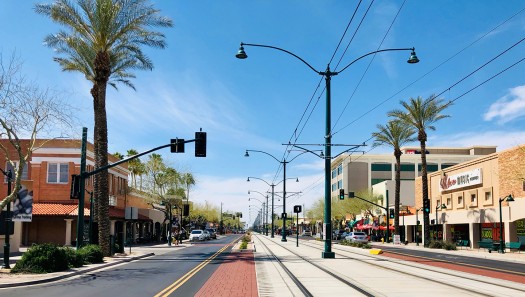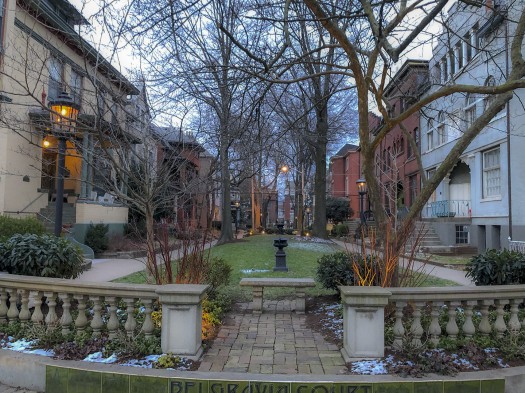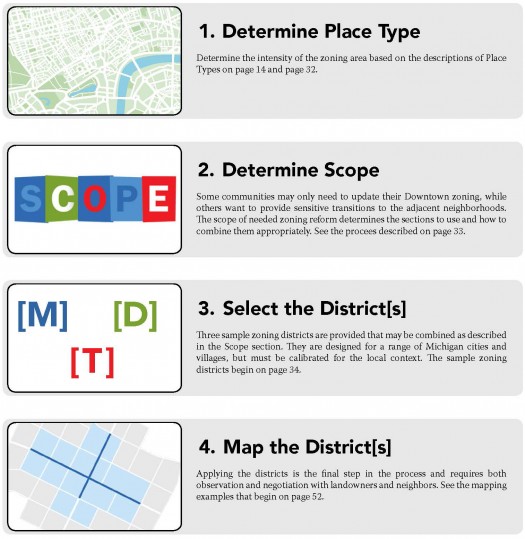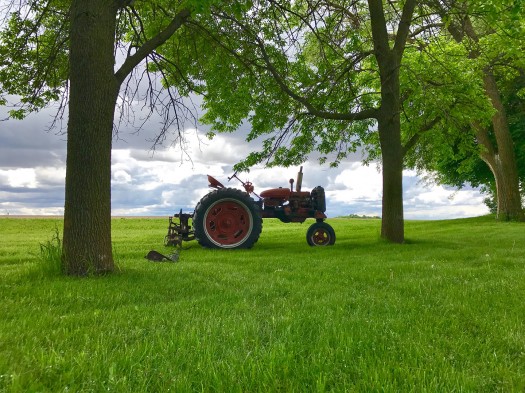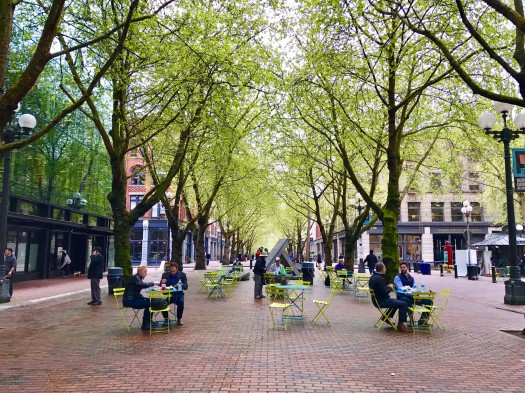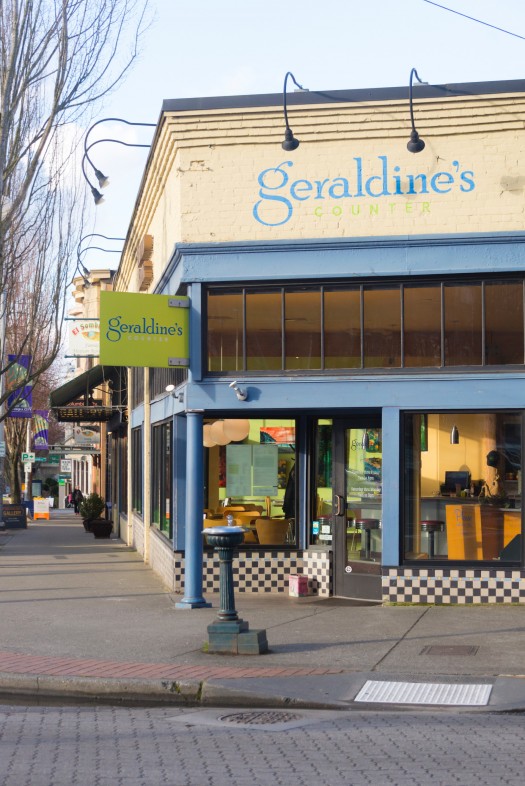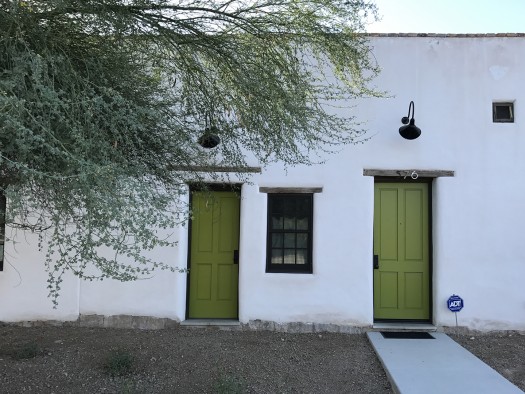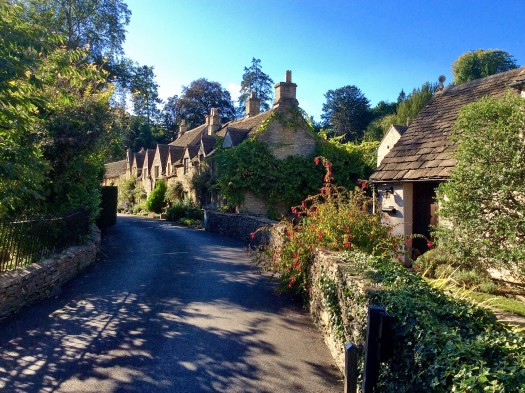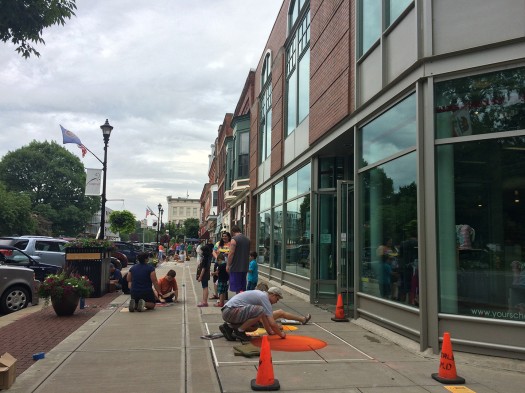Posts Tagged ‘form-based code’
Code Score: A New Aid for aligning policy and vision with outcomes
Whether we’re talking equity, affordability, jobs, health, or a list of other pressing topics, every community strives for more effective outcomes from policies to address a broad range of competing demands. The fact that the demands – and the strategies to address them – are competing for time and resources is its own problem, especially…
Read MoreCode Hackathon: What can go wrong with form-based codes?
We often talk about how places can hack their zoning code to enable livability. The Project for Code Reform is taking this idea to the next level, helping cities look for the lowest hanging fruit on the walkability front. However, for places on the cutting edge of land use reform that have already adopted a…
Read MoreA new path to code reform
The Users’ Guide to Code Reform leads planners through the code reform process, providing tools for governments lacking the capacity to develop a full form-based code.
Read MoreLand Use: Preserving the rural landscape with agrarian urbanism
As the harvest starts to come in here in Manitoba and conversations with my farming friends point to a good yield, I’ve been thinking about how to preserve these lands. Rural communities are often the ones with the greatest constraints, especially when it comes to finances. Without federal support, holistic zoning reform in agrarian places…
Read MoreCNU 25 Seattle: Highlights from the silver anniversary
Last week was the 25th annual Congress for the New Urbanism, where 1,400 city planners, architects, developers, economists, and mayors from around the world gathered to discuss the future of cities. Hosted in collaboration with the Urban Land Institute, comprised of an additional 6,000 developers and builders, the two events brought significant inspiration and insight…
Read MoreHello Seattle: Project for Code Reform
As most of us at PlaceMakers settle into Seattle for this week’s 25th Congress for the New Urbanism, we look forward to seeing many of you on the west coast. For those of you who can’t make this year’s congress, be sure to check in with the social media hashtag, #CNU25. We’ll bring you a…
Read MoreCodes Study: Trends in zoning reform
About twelve years ago, I started the Codes Study to analyze cities, towns, and counties taking proactive steps toward zoning to encourage livable places. And by livable, I mean mixed-use, economically vibrant, convivial, walkable, bikeable, and transit-friendly. Many places are using form-based codes to encourage livability, in jurisdictions covering over 45 million people worldwide. Such…
Read MoreFinding Tucson’s Lovable Places
I was inspired and delighted last week by working in Tucson and Marana, Arizona. Whenever we are writing character-based zoning, one of the first things we do is a regional tour to analyze the DNA of the most loved places. Places cannot be resilient unless they can be loved. It’s one of the basic principles…
Read MoreWhy Can’t My Zoning Create a Diversity of Places?
Planners frequently use the place type framework to identify different issues, challenges, and assets throughout a municipality or a region. While there isn’t a standard used across the profession, it is generally accepted that the broadest range of places includes the hamlet, village, town and city. Historically we intuitively understood how to build these places…
Read MoreLean Code Tool
We believe form-based codes are the most efficient, predictable, and elegant way to assure high levels of walkability and urbanism – even in more rural environments. However, the political and staff capacity of many local governments is not prepared for a full zoning reform effort. CNU is developing an agenda of incremental code reform that…
Read More

